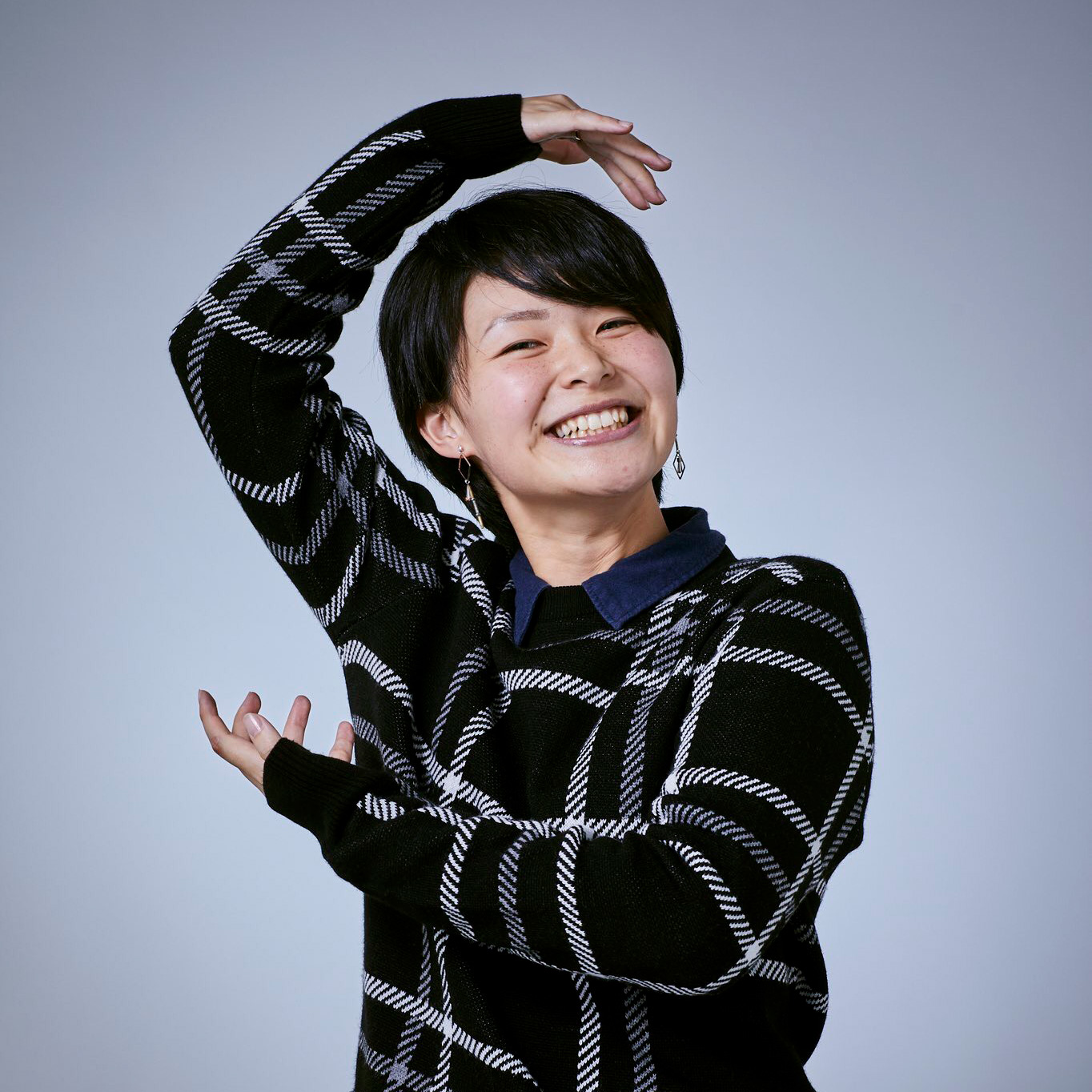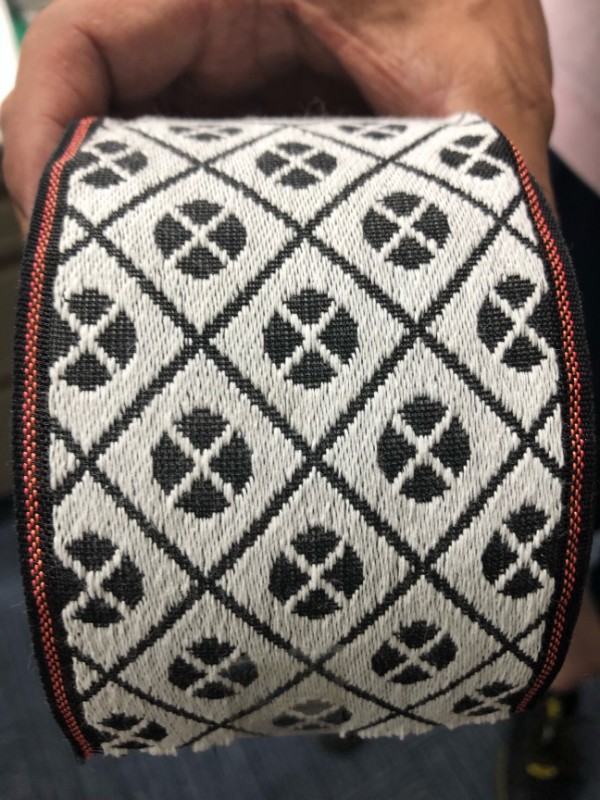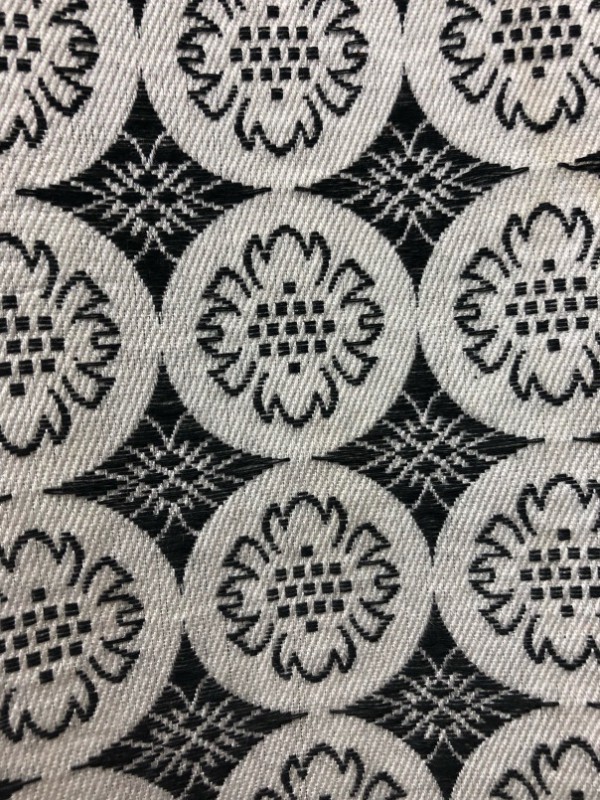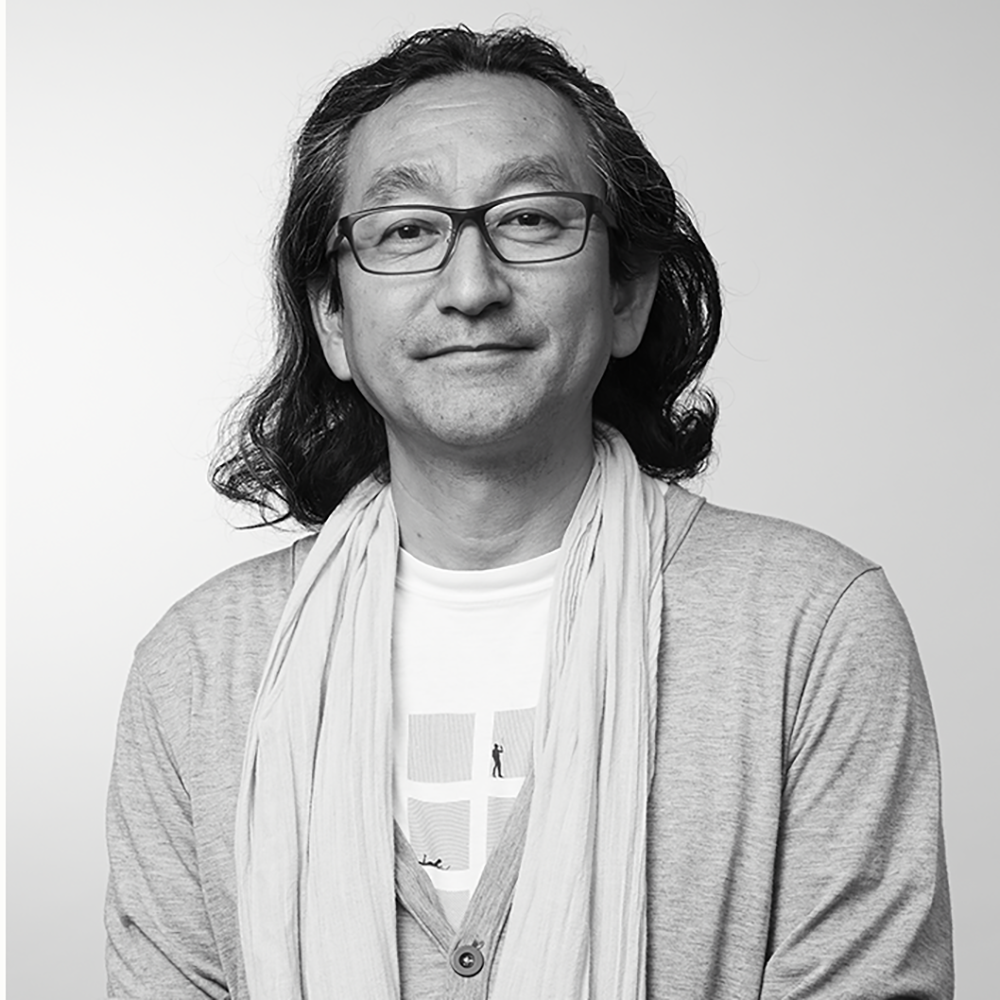
畳から見えてくる日本文化・歴史 その1 / Japanese culture in a world of diversity : Tatami mat part.1

- 副編集長 / ストラテジックプランナー
- 岸本かほり
現代社会で見過ごされることが多い日本の文化に注目し、再解釈することによって、グローバル化や多様化が進む社会へ提案できるような新価値を見つけることができるのではないしょうか。
今回は、日本独自の生活様式を語るうえで不可欠な存在である「畳」について、実家の家業が畳屋である岸本がお話させて頂きます。
By focusing on the Japanese culture that is often overlooked in today’s modern society, we may notice the new values that we can suggest to the global society.
I am Kahori Kishimoto and I will be writing about Tatami; the Japanese traditional floor mattress made of tightly woven rice straw which is an essential part of the Japanese lifestyle. I come from a family that has been manufacturing household Tatami mats for generations and my father continues to run our family business.
昔は、身の回りに当たり前にある存在だった畳ですが、家という空間が大きく西洋化の影響をうけたことや、大学の建築学で和室の作り方を教えないところが多く、和室の数は減少しています。また、畳職人・畳屋自体の高齢化・後継者不足により、供給自体も減っています。現在、畳市場はピーク時の3分の1以下となっており、数十年、数百年先の未来には、日本人の生活から畳が消える…という可能性も無きにしもあらず、かもしれません。
Japanese people used to be surrounded by Tatami mats in their everyday lives, however, they were so influenced by Western-style houses and lifestyles that fewer and fewer Japanese architecture courses in colleges taught how to design Japanese style rooms called Washitsu (suitable for Tatami) and Washitsu, along with Tatami, has been slowly disappearing from Japanese households. Also, Tatami crafting requires long years of training and high level of expertise. Tatami craftsmen are getting older and older, struggling to train the younger generation and the supply continues to become increasingly scarce. Sadly, the Tatami market has diminished down to one third of its peak.
 畳表の生産枚数と価格 引用元)熊本県農林水産部生産局農産課
畳表の生産枚数と価格 引用元)熊本県農林水産部生産局農産課
それもそのはず、畳って生活において、無くてはならないもの!…ではないですよね。表替えしなくていい分、手入れ等が容易なフローリングがスタンダードになっています。しかし、畳は古くから日本の文化と成長してきたこともあり、少し畳を紐解いてみると、いろいろな興味深い歴史や現代の日本人との密接な関係性が見えてくるのです。
Indeed, Tatami is not necessary for daily life. Western-style floors are easier to clean and are more practical. However, going beyond just the material and convenience considerations, Tatami reveals so much of Japan’s history and customs as it had been an integral part of Japanese culture for centuries .
畳の歴史について
当初、畳は現在の形をしてはいませんでした。元々は「たためる寝具=たたみ」という風に呼ばれていたことから、この名前となっています。現在の形は到底たためるものではないので、不思議ですね。
– Tatami history
Initially, Tatami was not in its present shape and design. Originally it has become this name because it was called as “tatami” which means “to fold” in Japanese, as it functioned as a mattress that can be folded when not in use. It is quite strange because the current form as we know today is not foldable at all.
板間に寝る際に、木綿や獣の皮を敷いて寝ていたものが、畳の前身とされています。それらの記載は、古事記や万葉集などでも見られます。畳として敷く素材がムシロになり、藁になり、どんどん寝心地をよくするために厚さが増していき、現在の形に近づいてきたとされています。
It is said that tatami was first referred to the sleeping mattress made from animal leather or cotton. These statements are also seen in “Kojiki” and “Manyoshu”, the oldest existing collection of Japanese poetry. Tatami production slowly shifted from animal leather and cottons to using rice straw for improved comfortability. It is said that the material made from rice straw was first turned into braided straw known as “musiro”, and then “wara”, gaining thickness and rigid mattress form to become the Tatami as we know today.
畳が現在のように部屋全体に敷き詰められて使われ始めたのは、鎌倉~室町時代です。このスタイルを提唱したのは、銀閣寺でおなじみの書院造。ただし、当時このスタイルは庶民のものではなく、天皇や一部の非常に位の高い貴族のみが、畳を敷き詰めた部屋での暮らしをしていました。畳は庶民には手の届かない、とても贅沢なものでした。それまではずっと寝具だったので、今の我々の生活に置き換えてみると、床全面がテンピュールになったようなものでしょうか。とても豪華に感じます。
It was in the Kamakura – Muromachi era when Tatami mats were spread over the entire room as it is now used. This style was developed for the Shoin style which is famous for Ginkakuji ;Temple of the Silver Pavilion. It is one of the constructions that represents the Higashiyama Culture of the Muromachi period. *Link to Wikipedia
However, this style was not for ordinary people at that time; only the emperor and select high aristocrats lived rooms covered wall-to-wall in Tatami. Tatami was very luxurious and out of reach for ordinary people.
Until then it was used as a bed so this change was drastic, similar to if we replaced our whole floor with Tempur matress material.
さて、畳の外側にある縁(へり)と呼ばれるものに、いろいろな柄・模様があることをご存知でしょうか?
当時庶民が寝具として使っていた畳には、縁はありませんでした。なぜなら、畳の縁は貴族の位を表すものとして、利用されていたからです。庶民は無位なので、縁はつけませんでした。
To create an additional barrier between the monarchy and ordinary people, they had various patterns printed on the rim on the outside of the Tatami mat that ordinary people were not allowed to have. There was no rim on the Tatami mattress that people used as bedding at that time – this was added by the monarchy.
畳の縁幅は基本的に一寸(3センチ)。例えば、小納言は一寸の小紋という柄の縁。中納言は小紋よりも大きい、中紋(一寸四分)、大納言はさらに大きい大紋(一寸八分)。さらに位の高い縁柄だと、繧繝縁(うんげんべり)と呼ばれるものがあり、主に天皇・三宮・上皇が用いました。自分の位と違う模様の場所に座ってしまったり、足を踏み入れたり、触れたりすることはご法度とされていたようです。私たちの身近なものでいうと、3月のひな祭りでお雛様が飾られる場所には、繧繝縁が使われています。ぜひ確かめて見てください。
ほかにも、様々な縁の柄があります。これについて、詳しくは次回のコラムで…
To represent the hierarchy of class, different rim pattern sizes represented different classes: the higher class, the larger the patterns.
Among the highest ranks of Tatami, the rim pattern called “ungenberi” was mainly used for the emperor. To always remain in line with social status and position, it was prohibited to sit or step on the rim pattern different from your own position. You can see “ungenberi” where the Ohinasama is displayed at doll festivals in March.
Let me kindly introduce different kind of rim patterns below :
 小紋 (The rim pattern called “komon”)
小紋 (The rim pattern called “komon”)
 中紋、大紋はこのパターンサイズがもうひと周り大きくなる
中紋、大紋はこのパターンサイズがもうひと周り大きくなる
The rim pattern called “chumon”, if the pattern is larger, it is called”daimon”.

繧繝縁を使用した畳
Ungenberi tatami mat
江戸時代からは庶民も畳を使うように
さて、そんな畳を庶民が使うようになったのは、江戸時代からといわれています。庶民に敷き詰める形での畳を広めたのは、千利休と伝えられています。彼は、心を許し合える人たちのために、茶室をつくりました。茶室の扉はあえて小さく造られており、当時の武士が武器である刀を脇に刺したままでは入れず、置いて入る必要がありました。それは、茶室という空間では、お茶を楽しみ、平和に過ごそうという気持ちの表れです。
It is said that ordinary people started to use such Tatami from the Edo era, but that the the current use of Tatami was preserved thanks to Sen no Rikyu; the historical figure with the most profound influence on chanoyu, the Japanese “Way of Tea”. *Link to Wikipedia
He created tea rooms for those close to each other and the small entrance door prompted samurais to put away their swords prior to entering. The tea room was designed to let people enjoy tea peacefully, which helped preserve Tatami as a staple of traditional Japanese life.
茶道文化によって、庶民にも、畳を部屋全面に敷く畳文化が広がりました。千利休が作った和室は、四畳半より狭い「小間」というものです。貴族・武士・商人・農民の身分に関係なく、茶室に入った瞬間、人がみな平等になります。身分が厳しく決められていた日本において、初めて平等になれる空間、それが茶室だったといえます。私の実家でも、よく家族で簡単な茶道をして、お話をします。
Thanks to the development of the tea ceremony, ordinary people used Washitsu and spread Tatami over their entire floor, although the original Japanese-style room created by Sen no Rikyu was very narrow.
Regardless of the status of aristocrats, samurai, merchants, farmers, the moment you enter the tearoom, everyone is equal. It was said that the tearoom was the only space that people could be equal at a time when Japan treated people strictly by their class. My family and I often enjoy tea ceremonies at home.
 実家の茶道セット
実家の茶道セット
一つの狭い空間に大勢で集まることができたり、縁をつかって人のスペースに踏み入らない結界をつくることなど、和室は日本人にとっての機能的な空間と情緒的な空間の使い方やパーソナルスペースの捉え方の元にもなっているといえます。次回は、畳における現代の地域差や、畳の作られ方の由来などについてご紹介したいと思います。
Since the Japanese style room and tatami mat enable people to gather in one small room and the Tatami rim enables people to have proper distance from each other, it continues to be an important space, both functionally and emotionally, for Japanese people today.Further, I would like to introduce the contemporary regional differences in Tatami and the origin of how Tatami is made.













